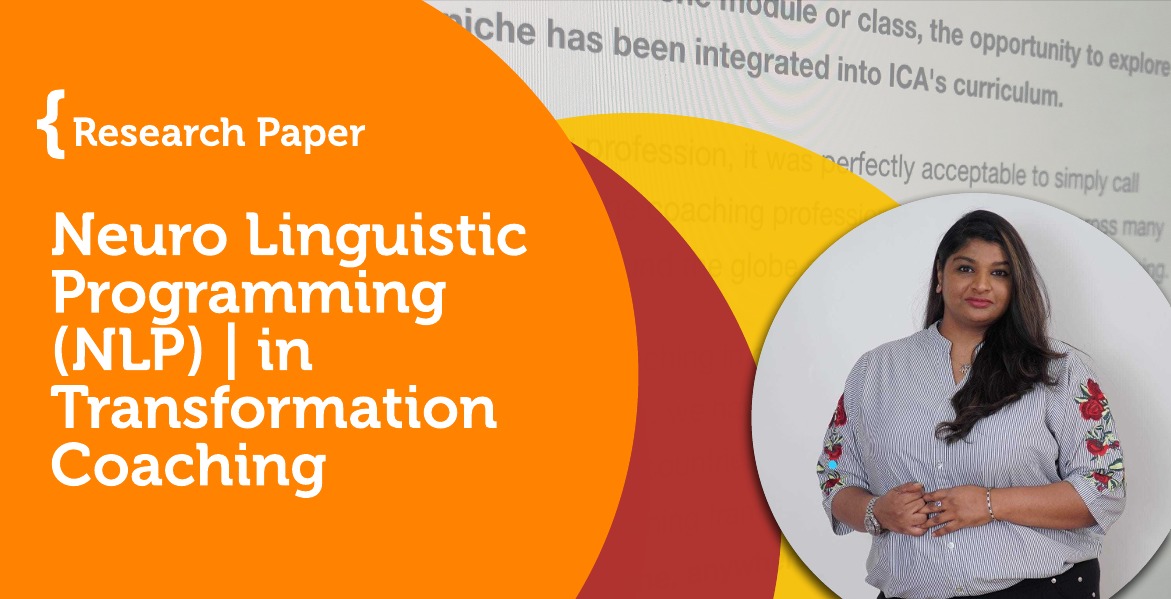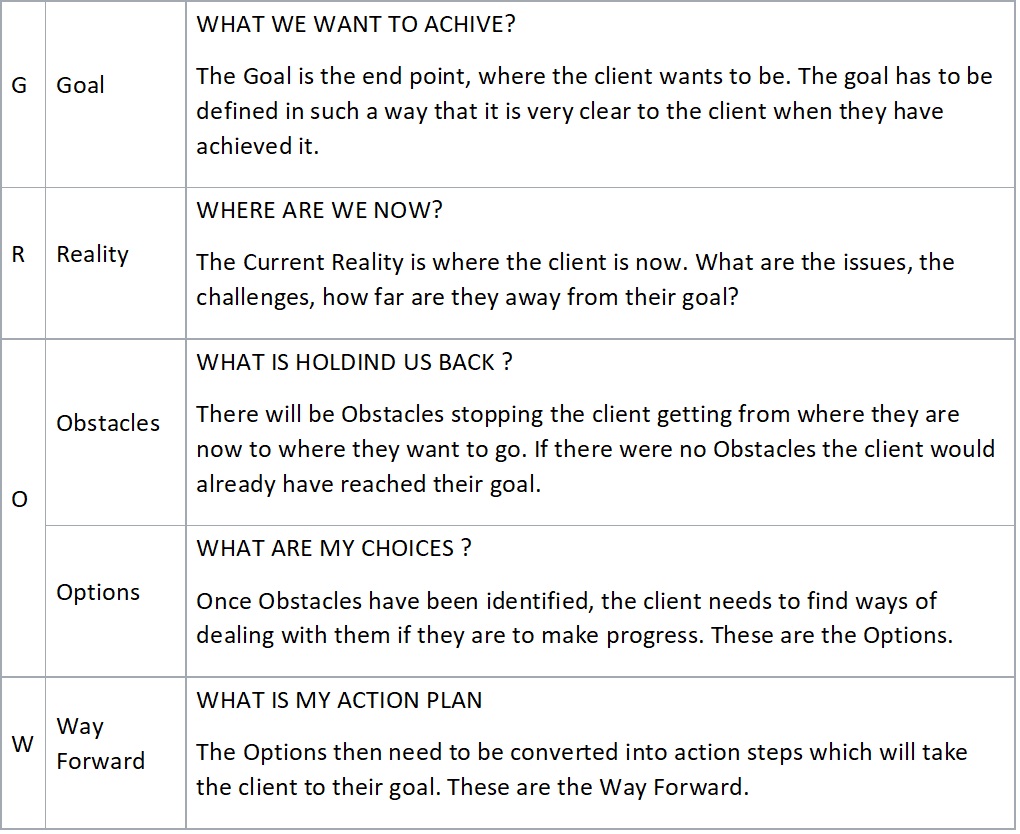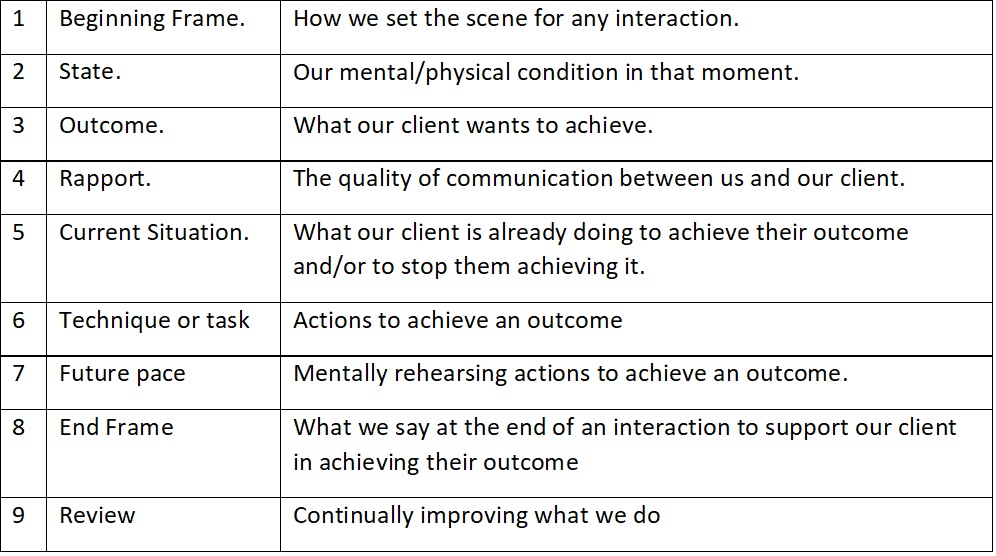
Research Paper By Rachna Mimani
(Transformation Coach, INDIA)
Introduction:
To strengthen the connection between your conscious and subconscious is to gain access to a map and compass, as you travel through parallel worlds. ― Kevin Michel, Moving Through Parallel Worlds To Achieve Your Dreams
We today are the product of our thought process, we had yesterday. Our achievement and failures all belong to our thoughts. The things that we see and hear becomes our thoughts. These thoughts are what makes us feel in a certain way. These feeling, in turn, influence our reactions and slowly the reactions become a part of our habits. And it is often said its, “Habits that can make a person or break a person”. Hence, learning to identify these thoughts patterns can help create structures that can be replicated to create moments of excellence and at the same time reduce, remove and change the structures that are not working. As we know every individual is different so would their perspective reality will be. And to recognise this uniqueness helps us to respect, accept and relate to their world of reference and unique style of being.
I have been working into the field of psychotherapy for over 5 years now and have been using different forms of therapeutic many tools like cognitive behaviour therapy, transactional analysis, dialectical behaviour therapy etc. to help my clients come out from past and live there life in their present reality. The present was not only challenging but things for them had changed and circumstance had changed and they didn’t feel so abundant as they were before cause the world had progressed to whole new level and changed rapidly with the advent of the new technologies. The psychotherapy focuses on the improvement of the person mental health and helps him adjust to his current world. The need to coach a client starts here when he has to face the actual hard pathways of life and work environment and has to make twice more an effort to function at his highest level of performance. The skills of coaching are now used to increase performance and need encouragement to reach greater heights. The employee has excellent skills in some areas but needs support to achieve goals in other areas of the job. An example is an employee who has excelled at managing staff but needs to work on being more politically savvy.
The one such power tool could be blended with Coaching is Neuro-Linguistic Programing. The NLP was developed by Richard Bandler and John Grinder in California, the United States in the 1970s. NLP’s creators claim there is a connection between neurological processes (neuro), language (linguistic) and behavioural patterns learned through experience (programming), and that these can be changed to achieve specific goals in life. Bandler and Grinder also claim that NLP methodology can “model” the skills of exceptional people, allowing anyone to acquire those skills.
What is Neuro-Linguistic Programming (NLP)?
NLP is the study of excellence. It is the attitude of learning, curiosity and acceptance of people being unique in their approach towards the life they lead. Over the years NLP has bought many tools under its umbrella which constitutes towards excellence. NLP gives the process of modelling the conscious and the unconscious pattern that is unique to each of us and by replicating these structures one can reach higher potentials.
The NLP coach assumes that coachees’ internal processes are psychologically channelled by the way in which they anticipate events (Kelly, 1963), and this anticipation is a function of their experience in the world and the maps they have consequently built. Explicitly, the link to a constructive perspective with NLP is made through Korzybski (1933, 1994): ‘A map is not the territory it represents, but if correct, it has a similar structure to the territory, which accounts for its usefulness’. NLP is very interested in what goes on inside the brain. It, therefore, has a basis in cognitive psychology. It is interested in how individuals create their maps of the world. It is also interested in language. People choose the best available choices at the time decision making based or their perception of reality. For example:- If people are to observe their surrounding they would come with two different observation when asked, its because people see and use a filter based on their perception of reality.
What is Coaching?
ICF defines Coaching as partnering with a client in a thought-provoking and creative process that inspires them to maximize their personal and professional growth. Hence, coaching is an intervention that helps clients to move from point A to B. the shift from point A to B is done by gaining clarity at both points. The coach here supports the client and co-creates a space where the client is able to design his pathway to reach point B. The coach mirror backs the thoughts to the coachee and give them the space to think and uncover the underlying belief and values, increased self-awareness and instils self-belief. An important aspect of coaching is that it helps clients turn to learn into results. The session is all lead by the client and it all about what he wants and what is important to the client.
The Models of Coaching and NLP
Coach through his powerful way of questions creates a pathway for the client leading to independent growth. The coach here is acting as an inspiration and hold back any tempt to answer the client or lead him to a particular direction, rather he creates a safe environment for the client to explore and create. The coach empowers the client to explore for answers themselves. The space for independent thinking is created using open-ended questions. The coach uses a simple model of coaching called the GROW Coaching model. The model was developed by Sir John Whitmore, it’s simple and lays out 4 stages of the coaching conversation.
The Grow model stands for:

For a coaching session to work the role of the coach is to do the following:
The NLP coaching model includes the whole of the GROW model of coaching and addition to that a number of NLP approaches are added to make the model significantly richer and more effective.

I look at the NLP model we see that the steps 3, 5, 6 and 7 are similar to that of Grow model of coaching which helps to develop the foundation of a coaching session and along with that the coach also helps him to work on the creation of options with the client. The step 1, 2, 4 and 8 makes the model more effective. The NLP model works with the premise of presuppositions:-
- Respect for the other person model of the world.
- The meaning of communication is not simply what you intend, but also the response that you get.
- The mind and body affect each other.
- People respond to their experience, not to reality itself. The map is not the territory.
- Every behaviour has a positive intention. Everyone is doing the best that they can with the resources they have available. People make the best choice they can at the time.
- Behaviour and change are to be evaluated in terms of context and
- People have all the resources that they need to make the changes that they want. We already have all the resources we need or we can create them. There are no unresourceful people, only unresourceful states.
- Possible in the world and possible for me is only a matter of how.
- The system (person) with the most flexibility (choices) of behaviour will have the most influence on the system.
- There is no failure, only feedback.
- There are no resistant clients, only inflexible communicators.
- Having a choice is better than not having a choice. All procedures should be designed to increase choice and develop greater personal flexibility.
- All procedures should increase wholeness.
The Need To Use NLP With Coaching

The above image talks about how NLP is blended with coaching. In Coaching and NLP the coach is working with the client to achieve its outcome. The coaches often use NLP in their coaching session is to speed up the process for their clients and achieve outcomes. The coaching process is about assisting people towards appositive change by breaking the limiting cycles and supporting them to set compelling outcomes. The Nlp process is all about understanding the framework of the client, what is the pattern that the client follows and what makes him tick. In both, the process the awareness level of the client is raised but there are times when the coaching process fails to create its difference alone. So, that the time when the coach can use NLP as a power tool to intervene and understand what is the kind of language of mind that the client is communicating with and what behaviour pattern does one has. The outcome of coaching is to create change whereas the idea of NLP is to create change and along with that install the belief of excellence.
Case Study:
I once had a client come to me with a problem of having to make a call to people and would always avoid the task of calling people and following up with them. The client, Akshay Mani(name changed for confidentiality) was at 60 well settled in the corporate environment but what begins to worry him now was that he had to retire soon and start a journey of his own life. So, in order to move ahead now, he would have to reach out to people himself and the only problem that he found at the moment was his ability to pick up the phone and strike a conversation.
So, when he came in to call with me and here we began the process of our coaching.
We started to talk and within minutes I realised Akshay didn’t speak sentences longer than 4 words. There putting my coaching hat I started to build rapport. To get deep into the conversation it was important to make Akshay feel comfortable and also to let his guards down and open up.
I started the session of coaching with asking:
As a coach, I actively listened with having to adhere to all his sensory modalities showing signs of giving up talking and hanging up the call. Akshay had to be made comfortable and to do this I used mirroring adding small queues like “hmm”, “tell me more” for him to be able to share with no inhibition of holding up. Matching his tone and language helped him get comfortable and let me move forward to ask challenging questions.
Akshay had come in for a short period of time. He came in with a belief that making calls is too disturbing people and affecting their work schedule or it seemed to him that they would reject him and be annoyed if made a call. Even he made calls to people he wouldn’t be able to connect and talk to them conveying the message. The belief that he would be rejected was there, upon digging deep he couldn’t recall where did he get that belief but found the feeling locked into his throat and was now ready to give up on it.
The Metamodel proved to be very useful as Akshay was using a lot of Generalisations and Presuppositions about how he was unable to control his anxiety before he would call people. Using questions to explore and analyse these comments I enabled Akshay to see how much of the situation he was creating for himself. For example, just because someone didn’t answer the phone it does not mean that they are rejecting you or you are disturbing: it could just be that the person is really busy or has missed call due to some other preoccupation. This eventually allowed Akshay to see that it was possible for him to do something about the situation – he was in control.
To really help with his nerves, I got Akshay to use the ‘Swish pattern’: I got Akshay to imagine himself calking people and having a normal call and checking with them if they were ok with call and people receiving the call were happy that he reached out to the excellent feedback. Using the Submodalities and Swish Pattern’ to erase his current feeling of a lump in the throat wash down his intestine and out of the system. To reinforce this new feeling of the cleared throat was established. This helped to stop Akshay Feeling of a lump in his throat which was not useful. Finally, to embed his new thinking, we walked through the Logical Levels from envisioning his next call, through to his new capabilities and finally to his new beliefs and values. After this, when we spoke for the second time he was calm and spoke freely. His language was around how to make it work and prepare properly rather than on worrying about things and being distracted.
Over the weeks the change in him had made him feel more empowered and ok to pick up the call and talk to the other person. It was ok even if he didn’t get his call answered he would not add his presumption
References:
NLP at Work: The Essence of Excellence (People Skills for Professionals), third edition by Sue Knight.
Coaching With NLP For Dummies by Kate Burton
Coaching with NLP: How to be a Master Coach in April 2004, by Joseph O’Connor and Andrea Lages
Website links:
https://www.nlpworld.co.uk/nlp-glossary/m/meta-model/
https://www.the-secret-of-mindpower-and-nlp.com/NLP-Language-Patterns-Distortion.html